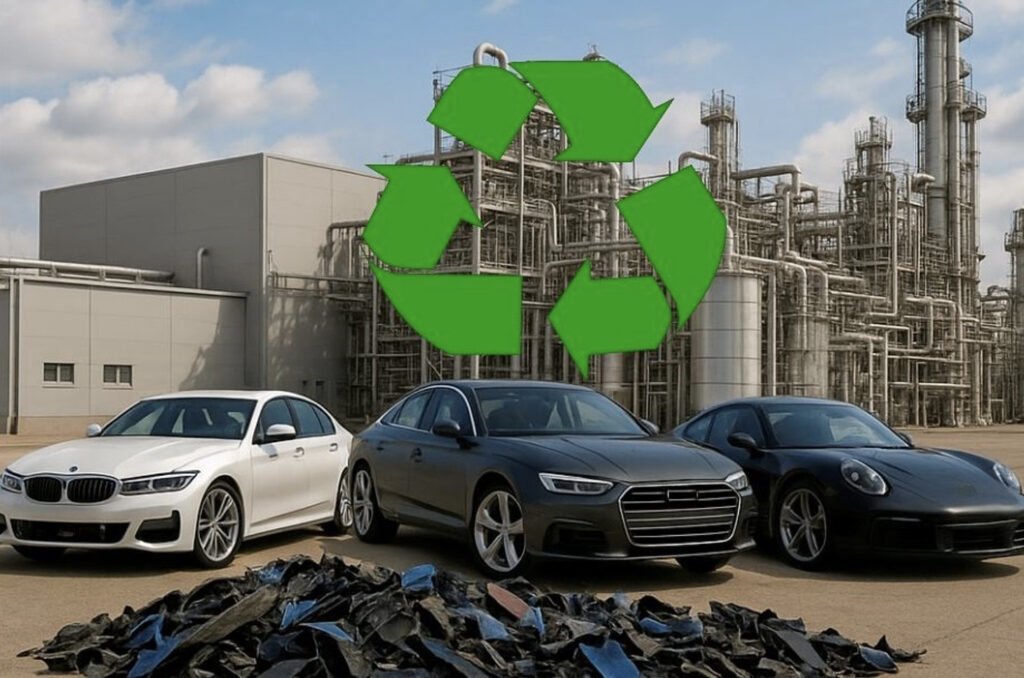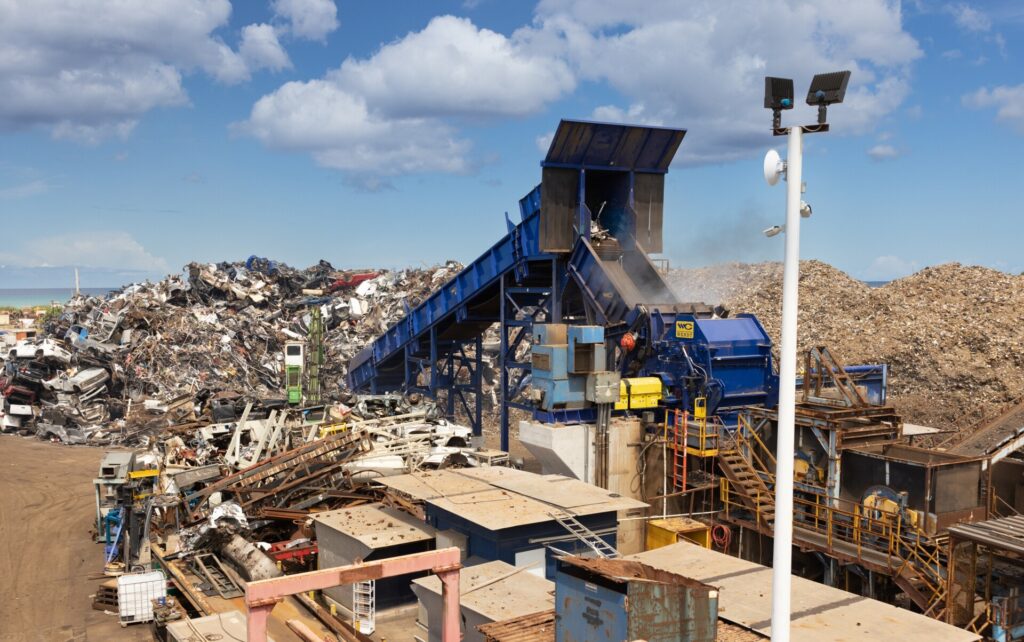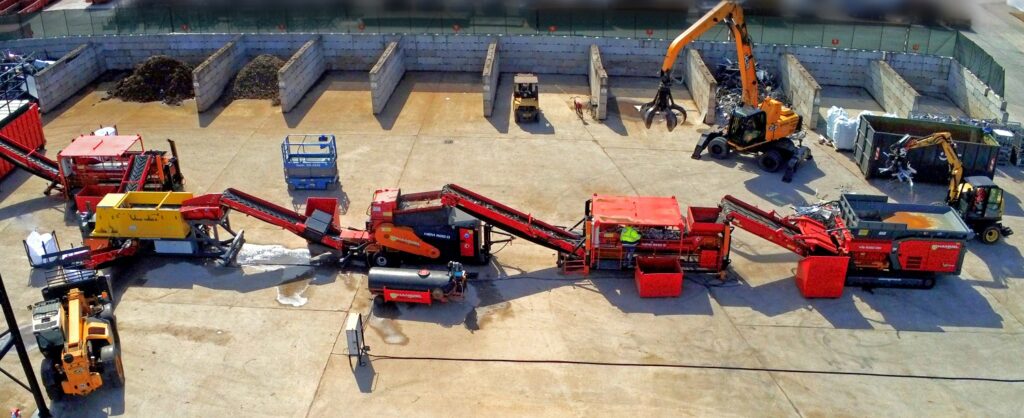Get the extensive coverage for recycling professionals who buy, maintain, manage or operate equipment, delivered to your inbox (it’s free!).
By signing up for our list, you agree to our Terms & Conditions. We deliver two E-Newsletters every week, the Weekly E-Update (delivered every Tuesday) with general updates from the industry, and one Market Focus / E-Product Newsletter (delivered every Thursday) that is focused on a particular market or technology.


Fornnax delivers advanced high-capacity equipment with the latest R&D-driven upgrades and innovative technology. More info ➜
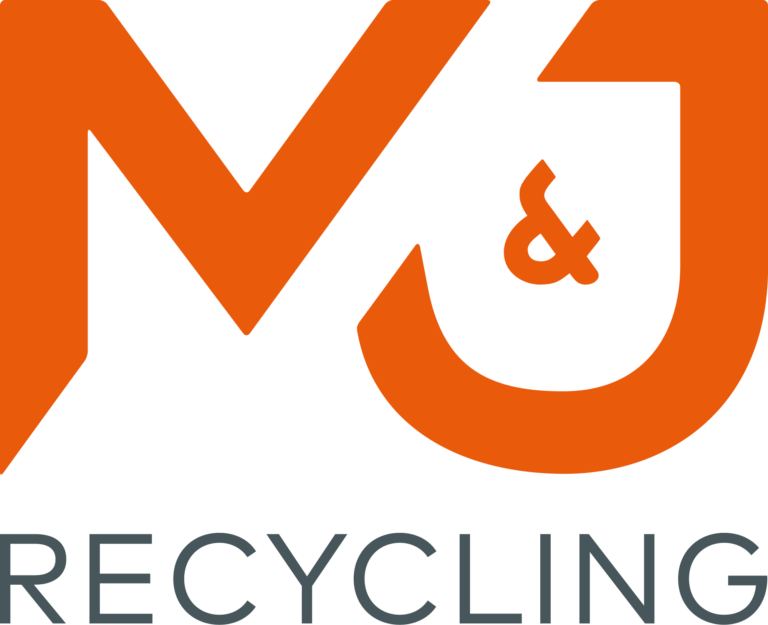










Since 2010, we have been providing industrial professionals with the latest innovations, case studies, and the most comprehensive equipment guide in recycling technology, in a variety of markets.
A
website
 Birmingham
Birmingham SYDNEY
SYDNEY la Vall d'Uixó
la Vall d'Uixó© RecyclingInside 2025
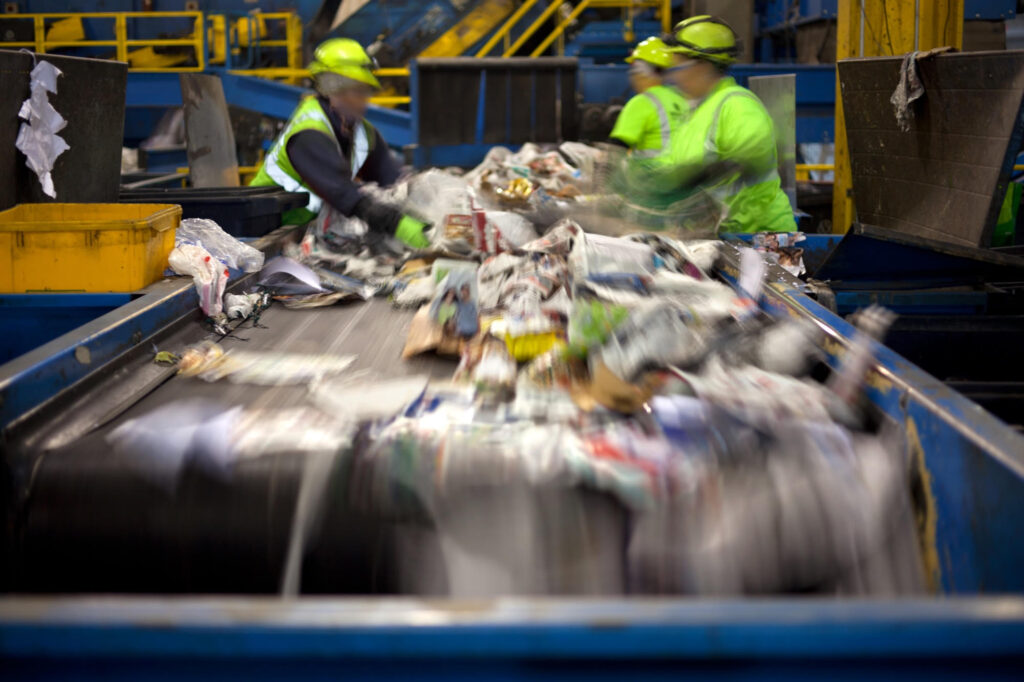
By signing up for our list, you agree to our Terms & Conditions. We deliver two E-Newsletters every week, the Weekly E-Update (delivered every Tuesday) with general updates from the industry, and one Market Focus / E-Product Newsletter (delivered every Thursday) that is focused on a particular recycling market or technology..
